


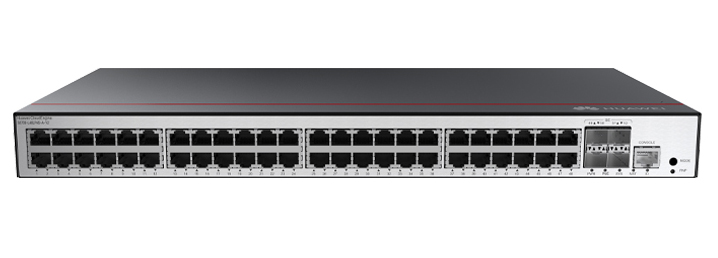
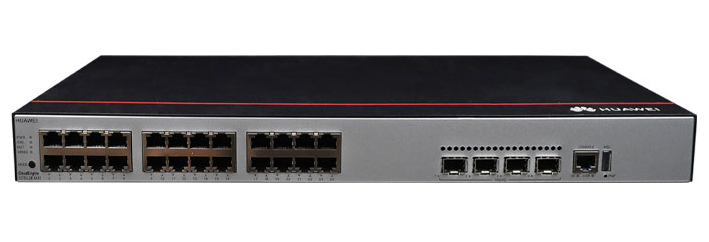


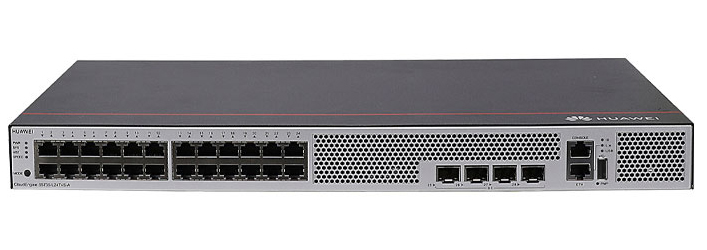
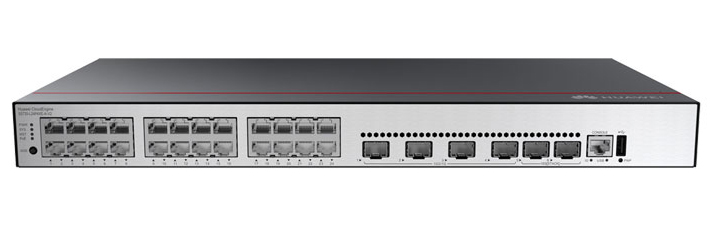
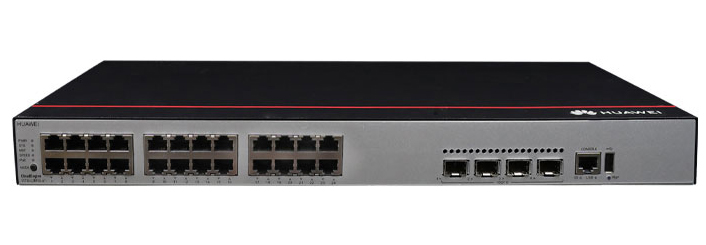




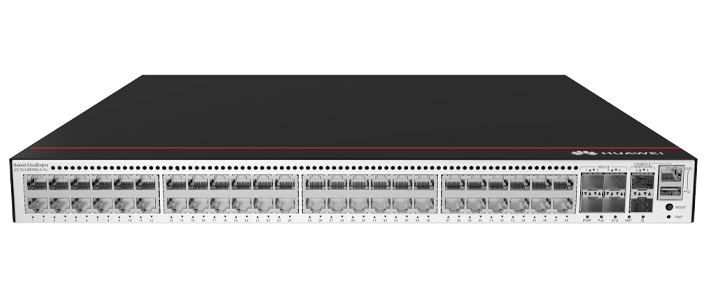
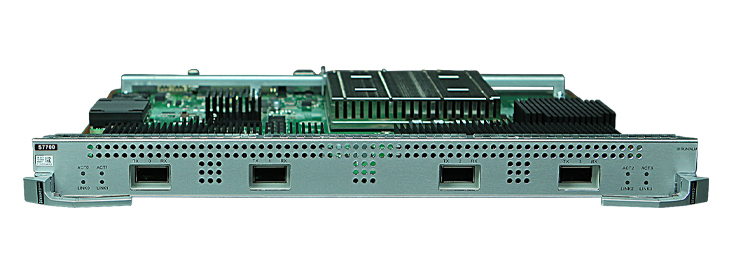

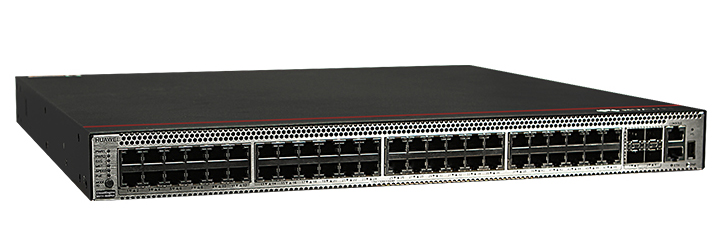


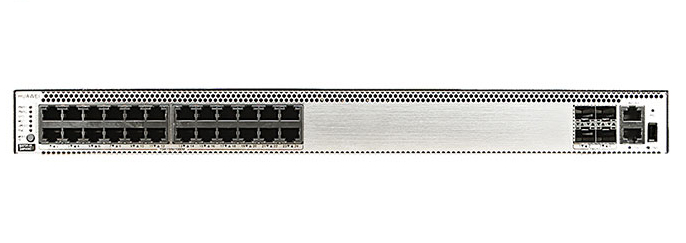

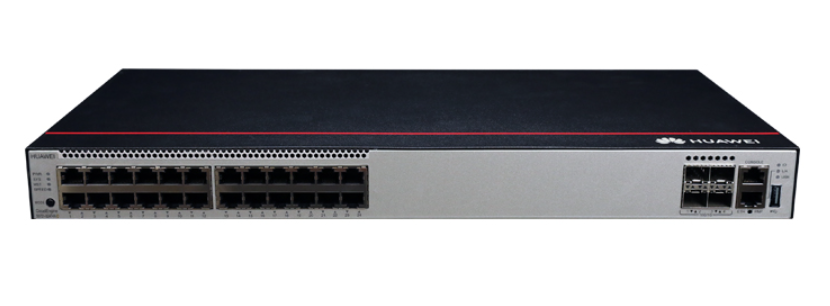


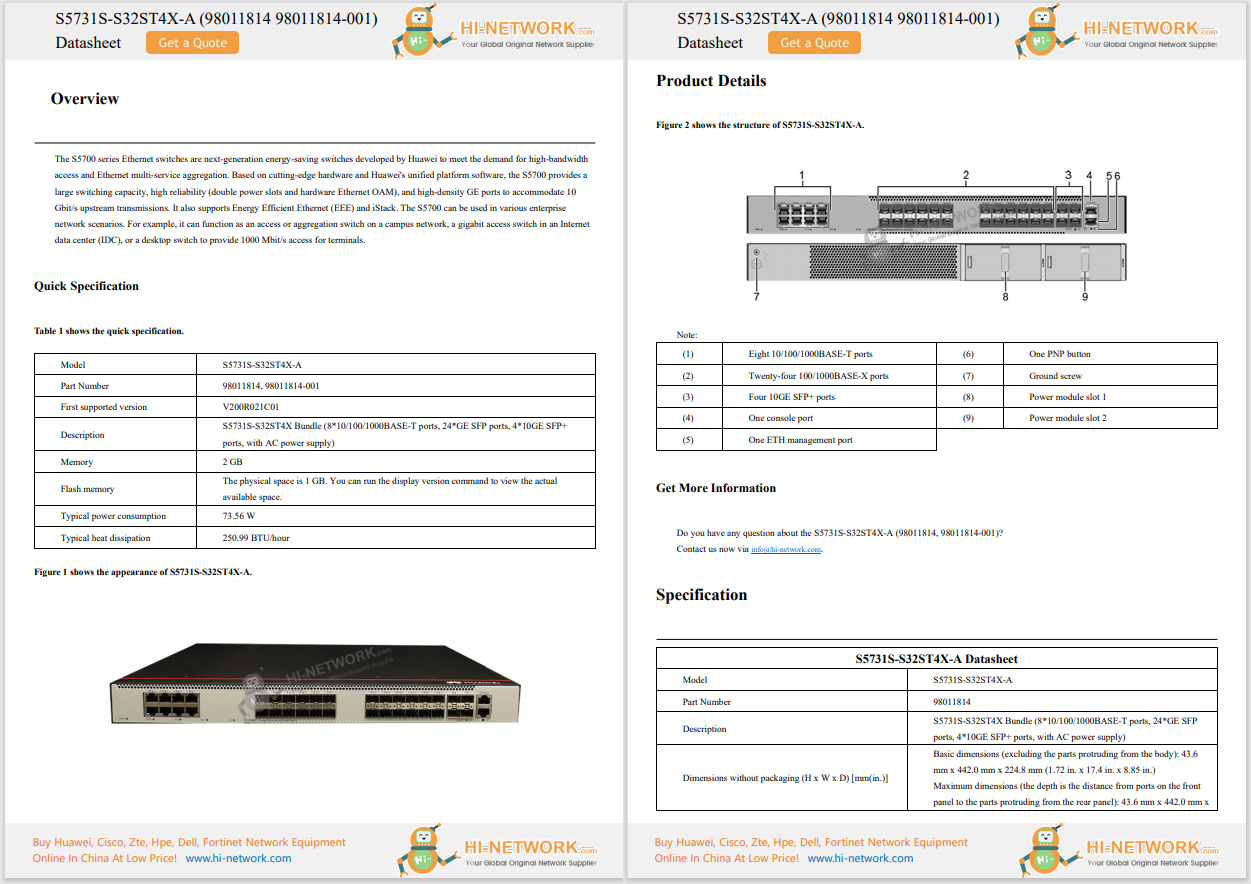

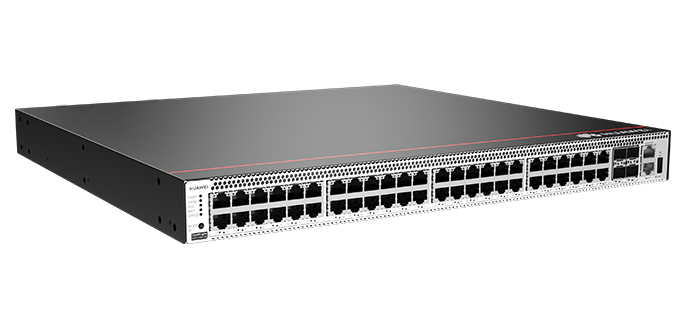
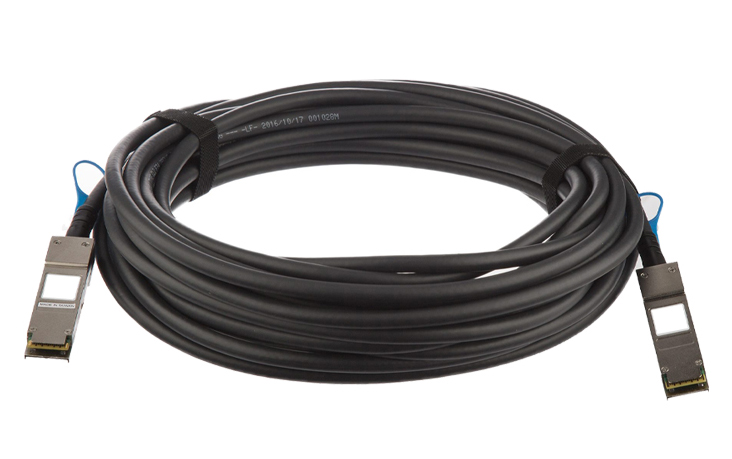
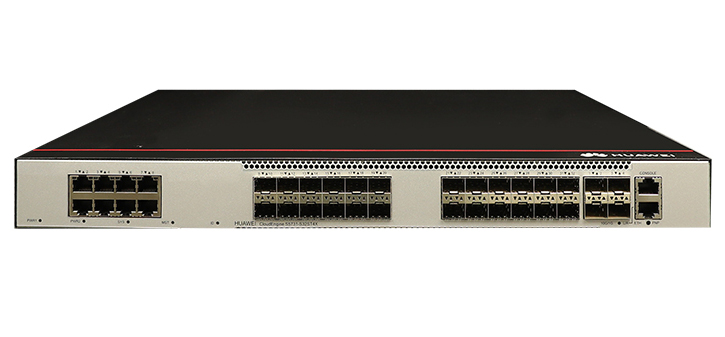



US President Donald J. Trump signed a new Executive Order (EO) aimed at amending existing federal cybersecurity policies. The EO modifies selected provisions of previous executive orders signed by former Presidents Barack Obama and Joe Biden, introducing updates to sanctions policy, digital identity initiatives, and secure technology practices.
One of the main changes involves narrowing the scope of sanctions related to malicious cyber activity. The new EO limits the applicability of such sanctions to foreign individuals or entities involved in cyberattacks against US critical infrastructure. It also states that sanctions do not apply to election-related activities, though this clarification is included in a White House fact sheet rather than the EO text itself.
The order revokes provisions from the Biden-era EO that proposed expanding the use of federal digital identity documents, including mobile driver's licenses. According to the fact sheet, this revocation is based on concerns regarding implementation and potential for misuse. Some analysts have expressed concerns about the implications of this reversal on broader digital identity strategies.
In addition to these policy revisions, the EO outlines technical measures to strengthen cybersecurity capabilities across federal agencies. These include:
The EO also includes provisions for improving vulnerability tracking and mitigation in AI systems, with coordination required among the Department of Defence, the Department of Homeland Security, and the Office of the Director of National Intelligence.
, Hot Tags :
Cybersecurity
Critical infrastructure
Geneva Dialogue on Responsible Behaviour in Cyberspace
Hot Tags :
Cybersecurity
Critical infrastructure
Geneva Dialogue on Responsible Behaviour in Cyberspace